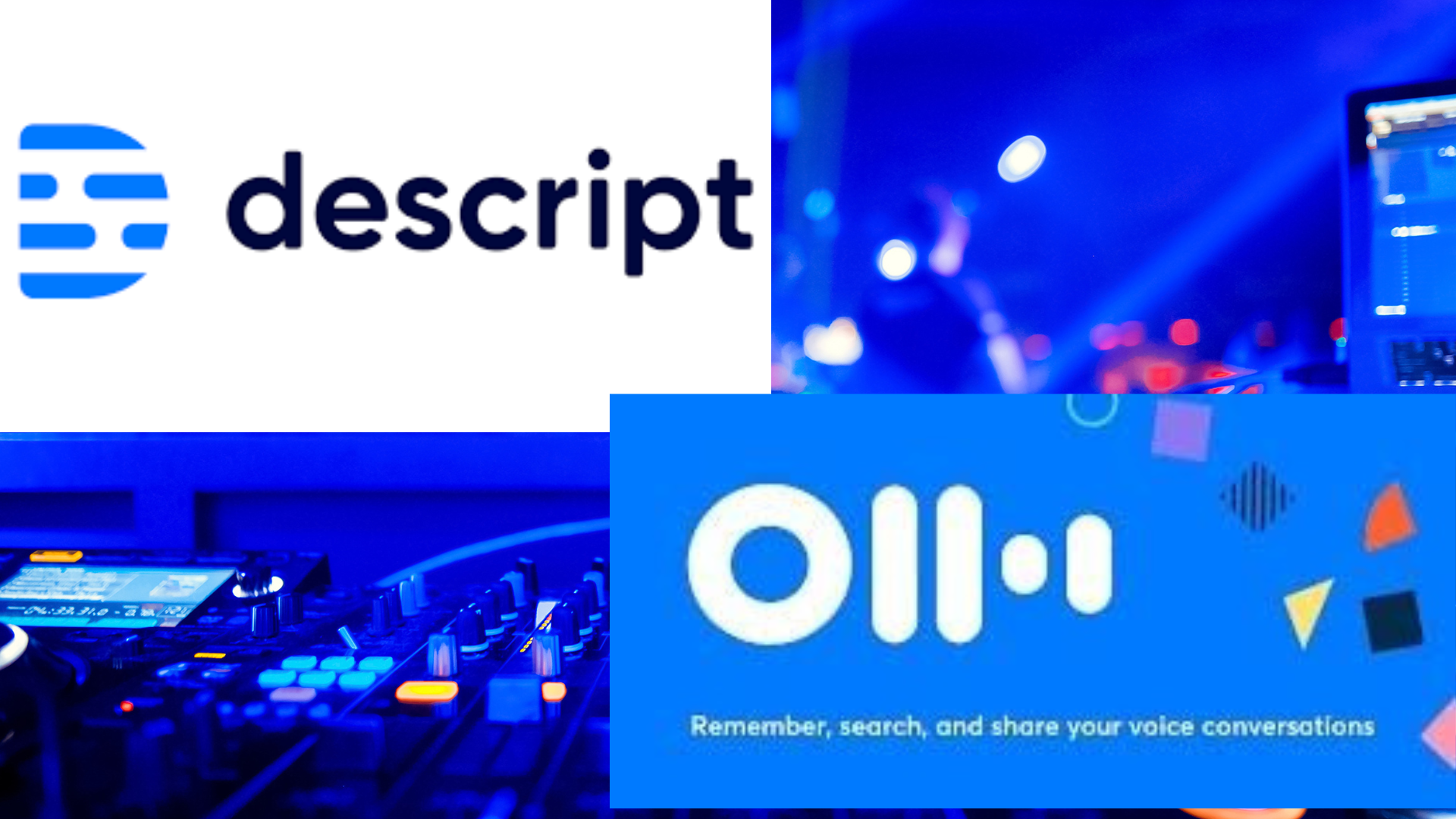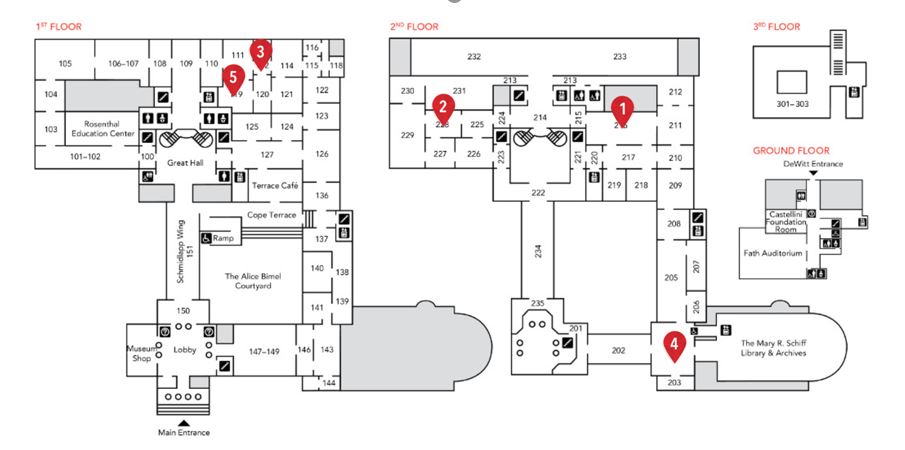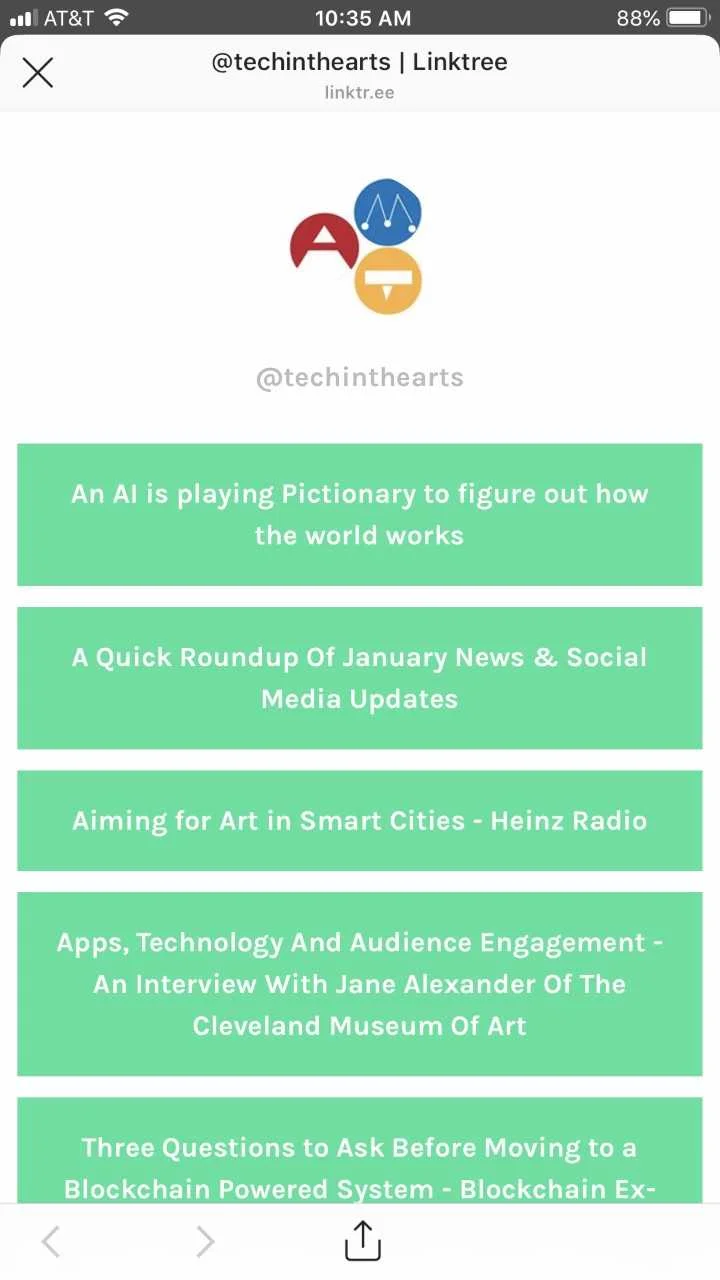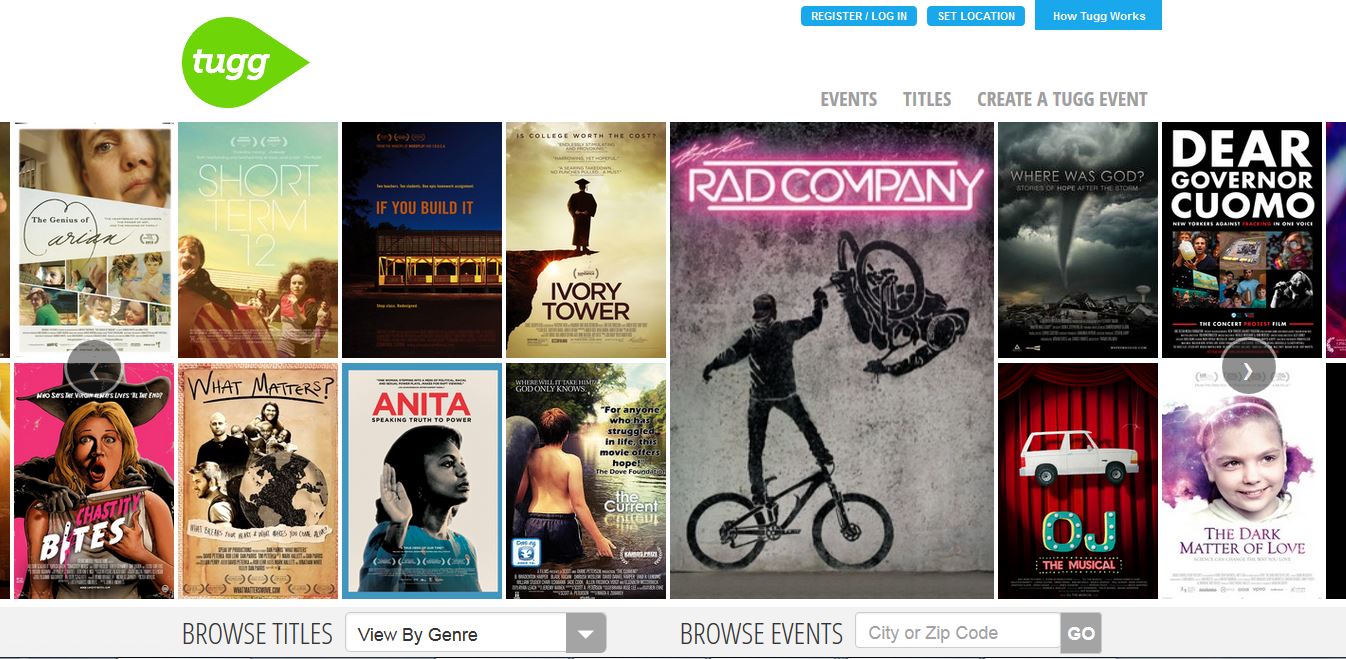As more and more people rely on streaming services and more arts organizations are creating streaming offerings, it is increasingly important to consider user experience beyond a television or larger screen interface. The concept of non-cable TV streaming is now being implemented by almost every traditional network in addition to other streaming-only companies. Clearly, there is a demand and a value to distributing content for the producer as well as the consumer.
Binaural Audio for the Live Arts Audience
Emerging from COVID-19 lockdowns, being able to attend performing arts performances in person has felt like a sensory treat. Feeling the energy of the collective audience, the soft whispering and rustling in seats, the sounds of footsteps as performers take the stage, the low hum of stage lights - being present with art as it is performed heightens the senses in a way that its virtual counterpart simply cannot, in spite of numerous advances in the digital landscape over the last two and a half years.
Enter the Neumann KU 100, or “Michel” as Kevin Noe, Artistic Director of Pittsburgh New Music Ensemble (PNME), affectionately calls the humanoid microphone that sits at the center of ensemble’s 2022 season finale show, literally and figuratively. The microphone is a feat in binaural audio, engineered to replicate how sound travels through the human ear. When heard through headphones, it’s as if the listener’s head is placed right where the microphone is placed. For PNME’s performance, this meant that the audience’s ears were placed on stage between a cello and clarinet, surrounded by an ensemble of musicians.
Throughline: A Transformative Digital Orchestral Experience
The sudden closure of performance hall doors in March 2020 forced orchestras to rethink the meaning of staying connected with their community. In an instant, all classical music organizations became media production organizations — otherwise, they ran the risk of entirely losing touch with their audiences. The pandemic, which accelerated many long overdue innovations in the orchestral world, provided a not-so-gentle push to those who treated digital media as an afterthought to the sacred pillar of live performance. The discoveries made during this last year and a half has challenged orchestras in their method of artistic production. Throughline serves as an exemplary model of what can be accomplished when orchestras use the digital world in a meaningful and intentional way.
MyCam: Increasing Engagement through Customized Museum Maps
MyCAM is an interactive table at Cincinnati Art Museum, providing visitors with a unique experience through art exploration and map design. Located in the Schmidlapp Gallery, which is close to the museum lobby, MyCAM creates a fun start to a visitors’ art journey.
Audience Engagement Outside of The Museum: Camera Function in Google Arts & Culture App
When considering how technology can improve and increase audience engagement with art, many immediately think of technology can be applied in house to create a more participatory experience. Yet, audience engagement can continue even when the audience is not in the museum. How can an arts organization engage with visitors even when they are not physically in the institution?
Looking to Comic Book Distribution Methods for New Way of Applying Browsing Systems and Animated Viewing Experiences
The comic book industry has been utilizing technology to create novel distribution pathways for many of their materials. By examining their solutions arts organizations may gain inspiration for ways to archive their textual or print works, and create interactive and engaging way for audience to appreciate the artworks.
Seven Ways to Tell Your Place-Based Story: A Review of Esri’s Story Maps
Need an Easy, Free Vehicle to Drive you Instagram Audience to your Website? Linktr.ee may be the Answer.
While Instagram may be one of the most popular social media platforms, it lacks a convenient link-sharing within an individual post. Fortunately, there are tools available to circumvent this issue.
Reaching New Audiences with Flipboard
Tugg: An Easy Way to Host a Movie Screening of Independent and Emerging Filmmakers
In the U.S, rights to present movies from major film studios can be obtained through Swank Motion Pictures and Criterion USA, the two largest film licensing companies in the nation. A third option that caters to independent films and grass roots organizations was launched at SXSW in 2012. Tugg functions mostly as an intermediary between independent filmmakers and their audiences, making it easy for movies to be shown in theaters and alternative venues. Its format makes it valuable for organizations that do not have an appropriate venues or filmmakers looking to increase their exposure.














